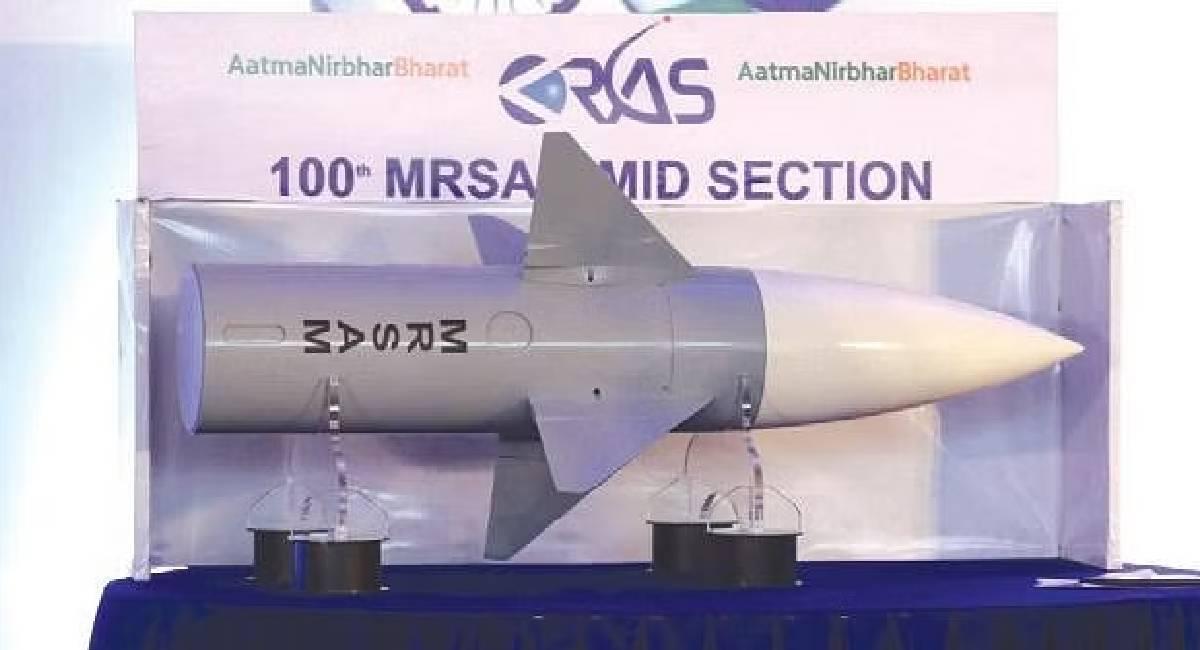FOOLS_NIGHTMARE
ELITE MEMBER

- Joined
- Sep 26, 2018
- Messages
- 18,063
- Reaction score
- 12
- Country
- Location
The worst thing that happened to the IAF was that timely replacement of the ageing fleet didn’t take place.

Yelling ‘May Day’ thrice is the universally accepted and followed ultimate distress call of an airborne aircraft’s pilot-in-command. The recent MiG-21 crash in Rajasthan — in which the pilot ejected but three civilians on the ground were killed — has renewed criticism that the aircraft is a relic of the past and a ‘flying coffin’, as if henceforth there will be ‘May Day’ calls for the Indian Air Force’s (IAF) entire MiG-21 fleet which still consists of six squadrons of the Bison variant (Military Balance, 2022, published by the International Institute for Strategic Studies).
It is deplorable to use the expression ‘flying coffin’ as it will demoralise the fliers and associate staff of the operational MiG-21 Bisons. The importance of MiG-21 for the IAF must be understood in the wider perspective rather than jumping to conclusions.
At the beginning of the 21st century, the IAF had 41-plus operational squadrons which virtually constituted its sanctioned strength of 42. There were “31 fighter ground attack and nine multi-role fighter squadrons” and one-plus squadron of electronic-counter-measure jet aircraft (Military Balance, 2001-02). The point to note is that 33 out of 41 fighter units were variants of MiG-21, 23, 27 and 29 only.
Thus, when more than 80 per cent of the fighters of an air force are of the same origin, those must be flying the most for training and operations also. Moreover, the understanding and spirit of cooperation that Moscow and Delhi developed over the years was somehow completely missed by the West’s monumental politico-diplomatic and geopolitical misjudgment in the 1960s and till the 1971 India-Pakistan war and beyond, up to the end of the 20th century.
Obviously, whereas the West missed the opportunity to woo the South Asian giant, Moscow succeeded in receiving Delhi’s reciprocal support in ample quantity and quality despite the then Soviet Union’s 1989 retreat from Afghanistan.
Regrettably, what the then Prime Minister Indira Gandhi had successfully done pertaining to India’s defence, diplomacy and development, none of her successors could sustain it the way it should have been done. The need for fresh ideas to progress with the fast-changing and unfolding global power politics (with the rise and fall of several established nations) by changing one’s approach to the IAF was missed by New Delhi.
Putting all eggs in one basket did no good to the IAF’s capability. The dwindling fighters in operational squadrons inflicted colossal damage on the Indian airbases, where squadron after squadron ceased operations and professionally trained and competent flight commanders and squadron commanders from squadron leaders and wing commanders upwards were grounded and missed career progression. If there’s no machine, there are no men too in the mess, the hangar and on the tarmac. They are redundant at fighter bases.
Indeed, the worst thing that happened to the IAF was that timely replacement of the ageing fleet didn’t take place. Several factors played a negative role.
First, there grew a powerful ‘import lobby’ of various foreign fighter manufacturers of the West. The second was the phenomenal growth of middlemen. The third was a section of the bureaucracy being complacent, with little or no interest in technical matters pertaining to sophisticated aviation; and, finally, one could see an intermittent cold war between the uniformed brass and their civilian counterparts on ‘delays’ and ‘crass procrastination’ at the decision-making level.
In the process, the indigenous plan too went wild, with low and slow speed, lacking in a sense of urgency. Chief after chief cried himself hoarse for wherewithal to take on the emerging two- or three-front threat; all in vain.
With little progress in the indigenised fighter programme, import too slowed, owing to conflicting and competing foreign bidders in India’s military mart. Thus, by 2005-2006, the number of IAF squadrons had shrunk to 38 (29 of which were MiGs of various types, with the variant 21 leading with 15 squadrons).
Interestingly, the original Moscow-maker of MiG-21 had ceased production long back. The onus now is solely on the Bengaluru-based HAL to repair and refurbish the aircraft.
There, however, was no respite in sight for the IAF when it found in 2010 that its operational squadrons had further dwindled to 37 (with 15 being MiG-21 and nine other MiG variants). The end result, understandably, was the endless woes of air warriors. It is blood, sweat, toils and tears all the way.
The number of IAF squadrons now stands at a perilous 31, well short of the sanctioned 42 squadrons — with six being MiG-21 Bisons (Military Balance, 2022).
Thus, the reality today is too harsh to be ignored and too demanding for a two- or three-front threat perception, notwithstanding the brave utterances of distraught senior air commanders. They do know in their hearts what they are dealing with. All the more so, when shrill voices of television commentators instantly come up with a readymade solution for the ‘obsolete flying coffin’ through off-the-shelf import of western fighters.
India got caught in a web of imports, indigenisation and irreparable loss of flying machines and the consequential loss of lives of men behind the machines.
Yes, once again, a MiG-21 has crashed; but that doesn’t make it a ‘flying coffin’ — after having flown with the fleet for more than 60 years.
Which major country like India would dare to use a fighter for so long? Blame the systemic failure and inherent fault line of competing rivals’ eagerness to have a piece of India’s fighter pie.

Is IAF’s entire MiG-21 fleet facing ‘May Day’ call?
Yelling ‘May Day’ thrice is the universally accepted and followed ultimate distress call of an airborne aircraft’s pilot-in-command. The recent MiG-21 crash in Rajasthan — in which the pilot ejected but three civilians on the ground were killed — has renewed criticism t










